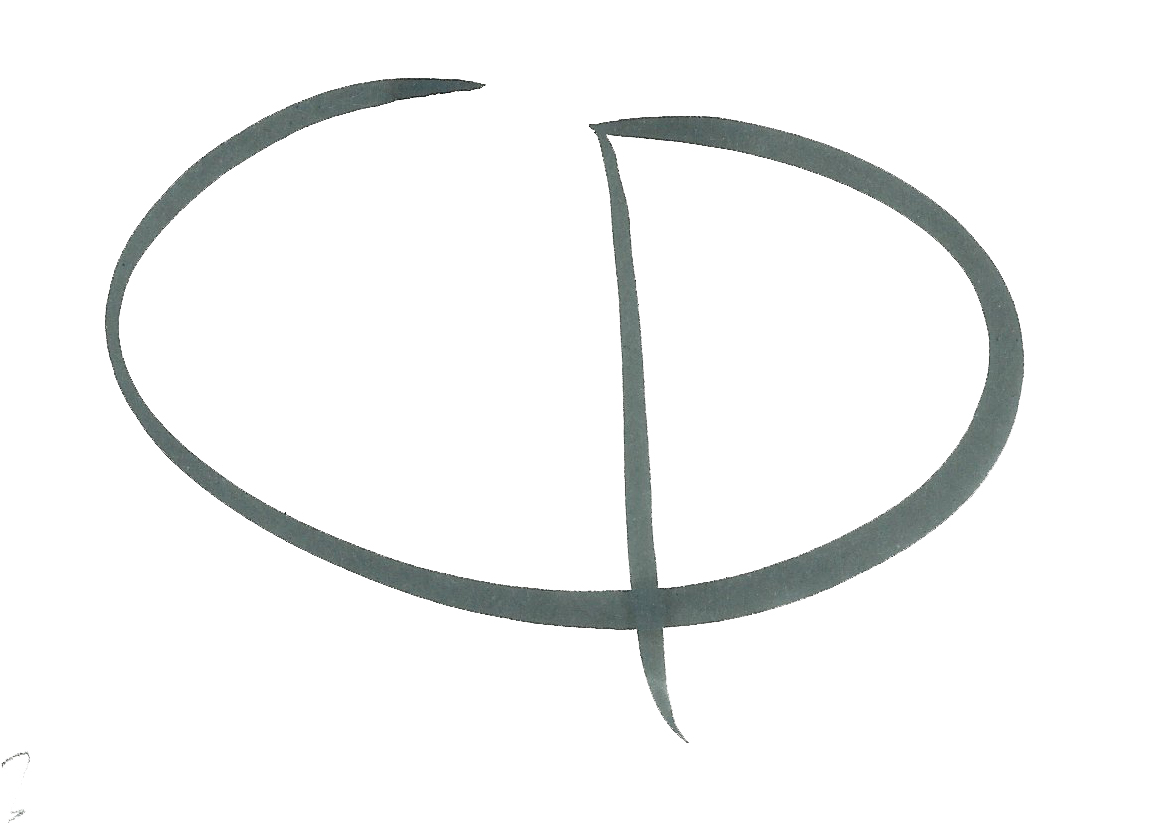In the feverish run-up to my final show at the RCA, in the same moments spent conjuring a body of work from a series of in-depth explorations, intrigues, successes and failures, we had a module addressing how to present our work to the ‘outside world’. Soon we would be ejected from our sequestered bubble; we had to consider how to offer sensible and engaging interpretation to anyone approaching our work.
We were given a task: consider our work as a drama. Choosing one of seven basic plots, we had to write the story of our work. The catch? Do this in exactly 55 words.
Two examples of plot lines, taken from Patrick Letschka’s module:
Voyage and Return The protagonist goes to a strange land and, after overcoming the threats it poses to him/her, returns with nothing but experience.
Comedy The protagonists are destined to be in love, but something is keeping them from being together, which is resolved by the end of the story.
This approach required sifting our work down to what was vital and then placing it in an entirely different context. It unshackled me from everything I had written before. However it was also challenging and I admit to considering whether it was worth the effort when I still had to resolve the work I was trying to write about.
The following week our concise drama shorts were read aloud anonymously. This was fascinating – some stories I recognised immediately but others unfolded slowly. In every case each story offered fresh glimpse into a body of work and aims of a maker who I had trained with for the past two years. (I wish now I had kept a copy of all the stories.)
This is my 55 word drama short:
You are appealing but aloof. You stand too far away.
I admire your curves but cannot reach them.
Do you only see me as a plinth?
Am I mere appendage?
If you could feel…
If I could unfurl, drape into your hollows…
... You touch me!
… I do.
(End conversation between Body and Jewellery.)
Our next task was more familiar but not any easier: craft an artist statement in exactly 55 words, but with the same approach as used for our drama stories. Keep it jargon free, and tell the story of our work.
My artist statement created from this process is not perfect, but it does the job better than previous attempts. I’ll continue to use this method because although it does take time, it forces me to look at my work, my aims, my story, in a different way return to it with something new.
One other note: having a strict word count asks you to think carefully about each word. It demands precision. Dull and wish-washy words are replaced with punchy, valuable words. I was part of another great writing workshop with Sarah Roberts and Tony Hayward while at the RCA and found that carefully removing 25 percent of what you’ve written can improve the power of what remains.
Here is my current 55 word artist statement:
It all begins with touch.
I believe the physical ‘touch’ of jewellery has powerful potential to change the way we feel about ourselves and the world around us. My work investigates tactile potential, especially for soothing comfort: I aim for sense-full surfaces, nuzzling and strokeable textures, enveloping experience. I aim for jewellery that touches back.
